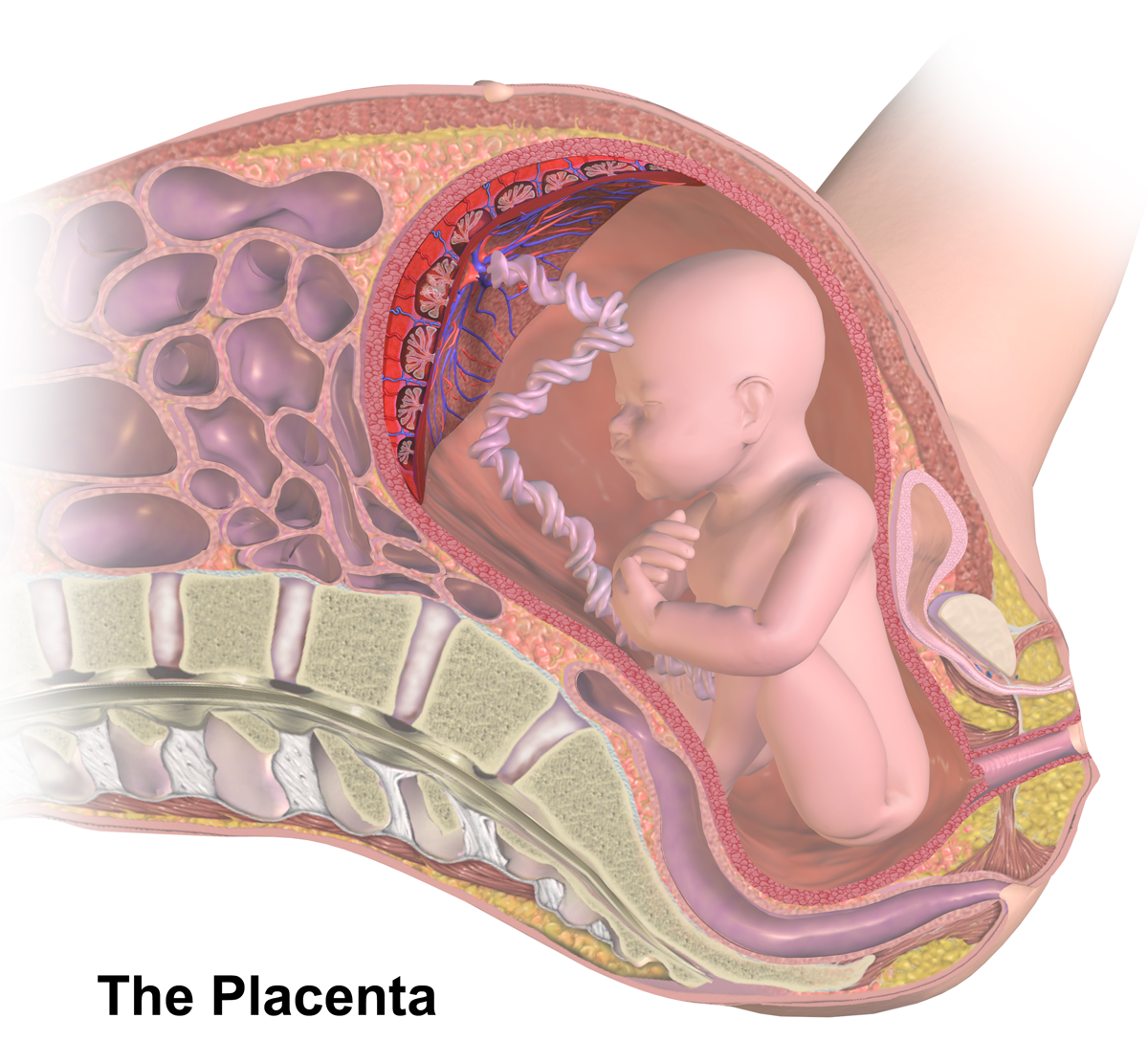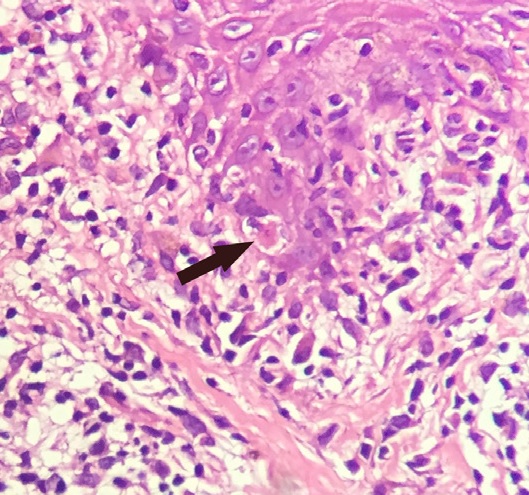|
Calcidiol
Calcifediol, also known as calcidiol, 25-hydroxycholecalciferol, or 25-hydroxyvitamin D3 (abbreviated 25(OH)D3), is a form of vitamin D produced in the liver by hydroxylation of vitamin D3 (cholecalciferol) by the enzyme vitamin D 25-hydroxylase. Calcifediol can be further hydroxylated by the enzyme 25(OH)D-1α-hydroxylase, primarily in the kidney, to form calcitriol (1,25-(OH)2D3), which is the active hormonal form of vitamin D. Calcifediol is strongly bound in blood by the vitamin D-binding protein. Measurement of serum calcifediol is the usual test performed to determine a person's vitamin D status, to show vitamin D deficiency or sufficiency. Calcifediol is available as an oral medication in some countries to supplement vitamin D status. Biology Calcifediol is the precursor for calcitriol, the active form of vitamin D. It is synthesized in the liver, by hydroxylation of cholecalciferol (vitamin D3) at the 25-position. This enzymatic 25-hydroxylase reaction is mostly due t ... [...More Info...] [...Related Items...] OR: [Wikipedia] [Google] [Baidu] |
Vitamin D
Vitamin D is a group of structurally related, fat-soluble compounds responsible for increasing intestinal absorption of calcium, magnesium, and phosphate, along with numerous other biological functions. In humans, the most important compounds within this group are vitamin D3 ( cholecalciferol) and vitamin D2 ( ergocalciferol). Unlike the other twelve vitamins, vitamin D is only conditionally essential, as with adequate skin exposure to the ultraviolet B (UVB) radiation component of sunlight there is synthesis of cholecalciferol in the lower layers of the skin's epidermis. For most people, skin synthesis contributes more than diet sources. Vitamin D can also be obtained through diet, food fortification and dietary supplements. In the U.S., cow's milk and plant-based milk substitutes are fortified with vitamin D3, as are many breakfast cereals. Government dietary recommendations typically assume that all of a person's vitamin D is taken by mouth, given the potential for ... [...More Info...] [...Related Items...] OR: [Wikipedia] [Google] [Baidu] |
25-Hydroxyvitamin D3 1-alpha-hydroxylase
25-Hydroxyvitamin D 1-alpha-hydroxylase (VD 1A hydroxylase) also known as calcidiol 1-monooxygenase or cytochrome p450 27B1 (CYP27B1) or simply 1-alpha-hydroxylase is a cytochrome P450 enzyme that in humans is encoded by the ''CYP27B1'' gene. VD 1A hydroxylase is located in the proximal tubule of the kidney and a variety of other tissues, including skin (keratinocytes), immune cells, and bone (osteoblasts). Reactions The enzyme catalyzes the hydroxylation of calcifediol to calcitriol (the bioactive form of Vitamin D): :calcidiol + 2 reduced adrenodoxin + 2 H+ + O2 calcitriol + 2 oxidized adrenodoxin + H2O The enzyme is also able to oxidize ercalcidiol (25-OH D2) to ercalcitriol, secalciferol to calcitetrol, and 25-hydroxy-24-oxocalciol to (1S)-1,25-dihydroxy-24-oxocalciol. Image:Calcidiol2.svg, Calcidiol Image:Calcitriol.svg , Calcitriol Calcitriol is a hormone and the active form of vitamin D, normally made in the kidney. It is also known as 1,25-dihydroxyc ... [...More Info...] [...Related Items...] OR: [Wikipedia] [Google] [Baidu] |
Health Canada
Health Canada (HC; )Health Canada is the applied title under the Federal Identity Program; the legal title is Department of Health (). is the Structure of the Canadian federal government#Departments, with subsidiary units, department of the Government of Canada responsible for national health policy. The department itself is also responsible for numerous federal health-related agencies, including the Canadian Food Inspection Agency (CFIA) and the Public Health Agency of Canada (PHAC), among others. These organizations help to ensure compliance with federal law in a variety of Healthcare in Canada, healthcare, Agriculture in Canada, agricultural, and Pharmaceutics, pharmaceutical activities. This responsibility also involves extensive collaboration with various other federal- and provincial-level organizations in order to ensure the safety of food, health, and Medication, pharmaceutical products—including the regulation of health research and pharmaceutical manufacturing/Clinical ... [...More Info...] [...Related Items...] OR: [Wikipedia] [Google] [Baidu] |
Choosing Wisely
Choosing Wisely is a United States–based health educational campaign, led by the ABIM Foundation (American Board of Internal Medicine), about unnecessary health care. The campaign identifies over 500 tests and procedures and encourages doctors and patients to discuss, research, and possibly get second opinions, before proceeding with them. To conduct the campaign, the ABIM Foundation asks Specialty (medicine), medical specialty societies to make five to ten recommendations for preventing overuse of a treatment in their field. The foundation then publicizes this information, and the medical specialty societies disseminate it to their members. The campaign has garnered both praise and criticism, and some of its ideas have spread to other countries. It does not include evaluation of its effects on costs, on discussions or on medical outcomes. Some doctors have said they lack time for the recommended discussions. History In 2002 the ABIM Foundation published ''Medical professiona ... [...More Info...] [...Related Items...] OR: [Wikipedia] [Google] [Baidu] |
Calcitroic Acid
Calcitroic acid (1α-hydroxy-23-carboxy-24,25,26,27-tetranorvitamin D3) is a major metabolite of 1α,25-dihydroxyvitamin D3 (calcitriol). Around 1980, scientists first reported the isolation of calcitroic acid from the aqueous extract of radioactively treated animals' livers and intestines. Subsequent researches confirmed calcitroic acid to be a part of enterohepatic circulation. Often synthesized in the liver and kidneys, calcitroic acid is generated in the body after vitamin D is first converted into calcitriol, an intermediate in the fortification of bone through the formation and regulation of calcium in the body. These pathways managed by calcitriol are thought to be inactivated through its hydroxylation by the enzyme CYP24A1, also called calcitriol 24-hydroxylase. Specifically, It is thought to be the major route to inactivate vitamin D metabolites. The hydroxylation and oxidation reactions will yield either calcitroic acid via the C24 oxidation pathway or 1,25(OH2)D3-26,23- ... [...More Info...] [...Related Items...] OR: [Wikipedia] [Google] [Baidu] |
CYP24A1
Cytochrome P450 family 24 subfamily A member 1 (abbreviated CYP24A1) is a member of the cytochrome P450 superfamily of enzymes encoded by the ''CYP24A1'' gene. It is a mitochondrial monooxygenase which catalyzes reactions including 24-hydroxylation of calcitriol (1,25-dihydroxyvitamin D3). It has also been identified as vitamin D3 24-hydroxylase.() Function CYP24A1 is an enzyme expressed in the mitochondrion of humans and other species. It catalyzes hydroxylation reactions which lead to the degradation of 1,25-dihydroxyvitamin D3, the physiologically active form of vitamin D. Hydroxylation of the side chain produces calcitroic acid and other metabolites which are excreted in bile. CYP24A1 was identified in the early 1970s and was first thought to be involved in vitamin D metabolism as the renal 25-hydroxyvitamin D3-24-hydroxylase, modifying calcifediol (25-hydroxyvitamin D) to produce 24,25-dihydroxycholecalciferol (24,25-dihydroxyvitamin D). Subsequent studies using rec ... [...More Info...] [...Related Items...] OR: [Wikipedia] [Google] [Baidu] |
Parathyroid Gland
Parathyroid glands are small endocrine glands in the neck of humans and other tetrapods. Humans usually have four parathyroid glands, located on the back of the thyroid gland in variable locations. The parathyroid gland produces and secretes parathyroid hormone in response to low blood calcium, which plays a key role in regulating the amount of calcium in the blood and within the bones. Parathyroid glands share a similar blood supply, venous drainage, and lymphatic drainage to the thyroid glands. Parathyroid glands are derived from the epithelial lining of the third and fourth pharyngeal pouch (embryology), pharyngeal pouches, with the superior glands arising from the fourth pouch and the inferior glands arising from the higher third pouch. The relative position of the inferior and superior glands, which are named according to their final location, changes because of the migration of embryological tissues. Hyperparathyroidism and hypoparathyroidism, characterized by alterations ... [...More Info...] [...Related Items...] OR: [Wikipedia] [Google] [Baidu] |
Placenta
The placenta (: placentas or placentae) is a temporary embryonic and later fetal organ that begins developing from the blastocyst shortly after implantation. It plays critical roles in facilitating nutrient, gas, and waste exchange between the physically separate maternal and fetal circulations, and is an important endocrine organ, producing hormones that regulate both maternal and fetal physiology during pregnancy. The placenta connects to the fetus via the umbilical cord, and on the opposite aspect to the maternal uterus in a species-dependent manner. In humans, a thin layer of maternal decidual ( endometrial) tissue comes away with the placenta when it is expelled from the uterus following birth (sometimes incorrectly referred to as the 'maternal part' of the placenta). Placentas are a defining characteristic of placental mammals, but are also found in marsupials and some non-mammals with varying levels of development. Mammalian placentas probably first evolved abou ... [...More Info...] [...Related Items...] OR: [Wikipedia] [Google] [Baidu] |
Keratinocytes
Keratinocytes are the primary type of cell found in the epidermis, the outermost layer of the skin. In humans, they constitute 90% of epidermal skin cells. Basal cells in the basal layer (''stratum basale'') of the skin are sometimes referred to as basal keratinocytes. Keratinocytes form a barrier against environmental damage by heat, UV radiation, water loss, pathogenic bacteria, fungi, parasites, and viruses. A number of structural proteins, enzymes, lipids, and antimicrobial peptides contribute to maintain the important barrier function of the skin. Keratinocytes differentiate from epidermal stem cells in the lower part of the epidermis and migrate towards the surface, finally becoming corneocytes and eventually being shed, which happens every 40 to 56 days in humans. Function The primary function of keratinocytes is the formation of a barrier against environmental damage by heat, UV radiation, dehydration, pathogenic bacteria, fungi, parasites, and viruses. Pa ... [...More Info...] [...Related Items...] OR: [Wikipedia] [Google] [Baidu] |
Monocytes
Monocytes are a type of leukocyte or white blood cell. They are the largest type of leukocyte in blood and can differentiate into macrophages and monocyte-derived dendritic cells. As a part of the vertebrate innate immune system monocytes also influence adaptive immune responses and exert tissue repair functions. There are at least three subclasses of monocytes in human blood based on their phenotypic receptors. Structure Monocytes are amoeboid in appearance, and have nongranulated cytoplasm. Thus they are classified as agranulocytes, although they might occasionally display some azurophil granules and/or vacuoles. With a diameter of 15–22 μm, monocytes are the largest cell type in peripheral blood. Monocytes are mononuclear cells and the ellipsoidal nucleus is often lobulated/indented, causing a bean-shaped or kidney-shaped appearance. Monocytes compose 2% to 10% of all leukocytes in the human body. Development Monocytes are produced by the bone marrow from precur ... [...More Info...] [...Related Items...] OR: [Wikipedia] [Google] [Baidu] |



